
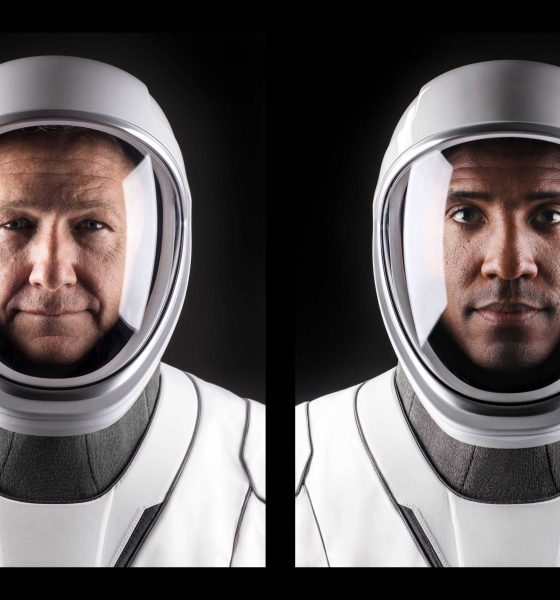
News
SpaceX’s second astronaut launch a step closer after NASA announcement
SpaceX’s second astronaut launch is a a step closer to flight after NASA and JAXA announced the third and fourth astronauts assigned to ride Crew Dragon to the International Space Station (ISS) on its first operational mission.
On the cusp of March 30th and 31st, the Japanese Space Agency (JAXA) made the first Crew Dragon-related announcement of the day, revealing the assignment of astronaut Soichi Noguchi to SpaceX’s Crew-1 launch. Hinging entirely on the success of SpaceX’s imminent Demo-2 astronaut launch debut, a critical demonstration mission scheduled to launch no earlier than mid-to-late May 2020, Crew Dragon’s Crew-1 mission will be the spacecraft’s first operational mission ferrying humans to and from the space station. NASA followed up JAXA’s announced hours later, revealing that astronaut Shannon Walker would be the fourth and final crew member aboard Crew Dragon’s Crew-1 launch.
Including Boeing’s Starliner and SpaceX’s Crew Dragon crewed demonstration missions, known as the Crewed Flight Test and Demonstration Mission 2 (Demo-2 or DM-2), respectively, NASA has purchased six astronaut launches from both providers. In theory, one Starliner and Crew Dragon launch per year – spaced out six or so months apart – should be enough to meet NASA’s space station transportation needs, meaning that the space agency’s 12 contracts should last until 2025 or 2026. Boeing’s Starliner appears to be delayed indefinitely after multiple near-catastrophic failures on its first Orbital Flight Test (OFT) but if SpaceX’s Demo-2 mission goes as planned, Crew Dragon could be set to enter operational duty as early as Q4 2020.
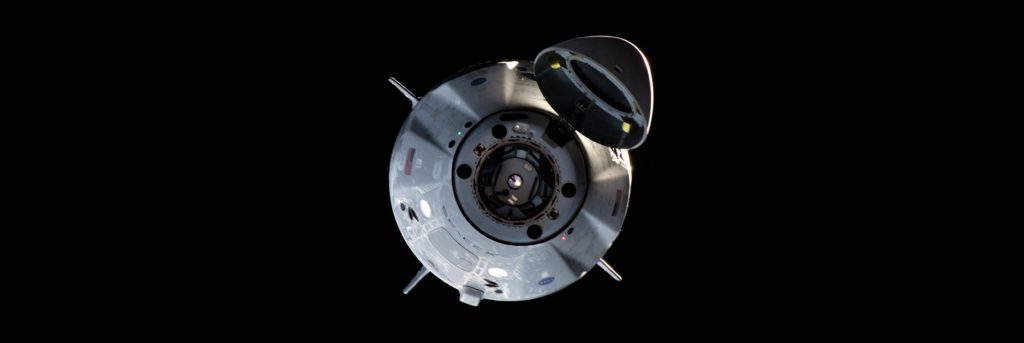
SpaceX’s Crew-1 mission manifest now includes NASA astronauts Mike Hopkins, Victor Glover, and Shannon Walker, as well as JAXA astronaut Soichi Noguchi and will likely carry an additional 100-200 kg (200-400 lb) of cargo to the International Space Station (ISS). While all eyes are reasonably on Crew Dragon’s Demo-2 mission, right now, the spacecraft’s Crew-1 through -5 missions are where SpaceX has the opportunity to gain extensive experience launching humans on an operational, semi-routine basis.
Making up at least half of the backbone of NASA’s new domestic astronaut launch capabilities, Crew Dragon and Falcon 9 will hopefully prove themselves to be as reliable and dependable as they and their predecessors have been over the years. Cargo Dragon, SpaceX’s first orbital-class spacecraft and the first private vehicle to visit the ISS, has successfully resupplied the space station and safely returned to Earth each of the 20 times the spacecraft reached orbit. Unsurprisingly, SpaceX ran into intermittent technical issues over those numerous flights, but all of those anomalies were solved on the fly and never prevented mission success or spacecraft recovery.
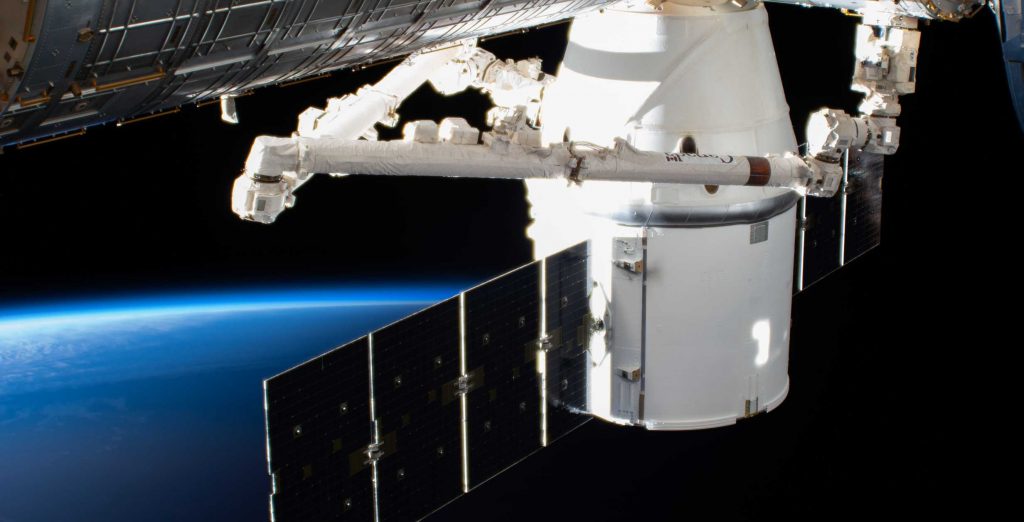
Falcon 9’s first in-flight failure destroyed the CRS-7 Cargo Dragon spacecraft in June 2015 and cut the mission short before it could reach orbit, but the failure was entirely unrelated to Dragon. Falcon 9’s second catastrophic failure occurred less than 15 months later, also a fault of a small but explosive rocket design flaw. From January 2017 to March 2020, however, Falcon 9 and Falcon Heavy rockets have completed 58 consecutively successful launches. With that streak of success, by certain measures, Falcon has become the most reliable operational rocket family in the world, tied with ULA’s famously reliable Atlas V and slightly better than Arianespace’s Ariane 5.
In short, while Cargo Dragon can’t hold a candle to the sheer scale of Russia’s Soyuz and Progress spacecraft flight histories, Falcon 9 is one of the two most reliable launch vehicles in operation and Crew Dragon will stand on the back of one of the most reliable spacecraft ever built in recent history. With (perhaps more than a little) luck, Boeing’s Starliner spacecraft – launched atop Atlas V, the other most reliable operational rocket – will hopefully be able to develop its own record of reliability in the next several years, but it will never be able to compete with the Cargo Dragon heritage Crew Dragon directly benefits from.
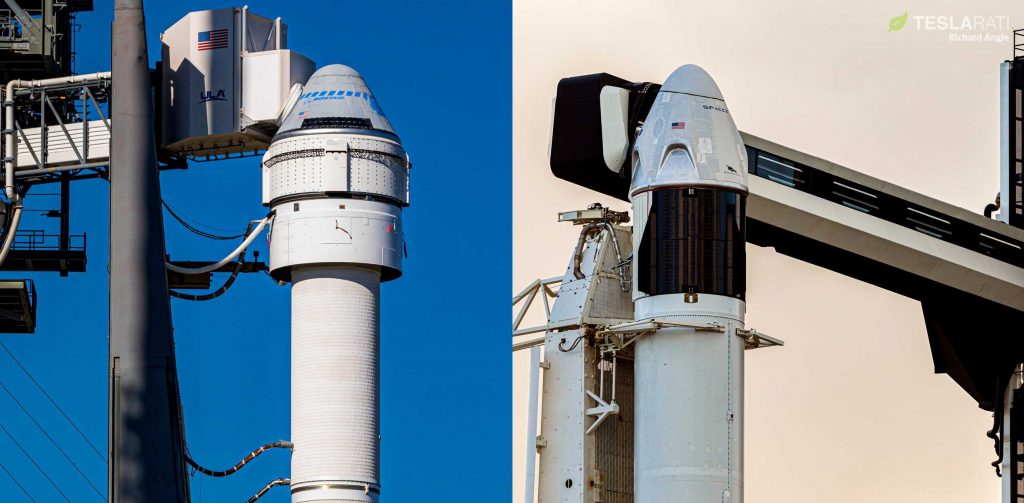
Boeing’s next Starliner mission is up in the air after the spacecraft’s almost disastrous orbital launch debut. Most likely, NASA will require a second uncrewed flight test, this time including the space station rendezvous, docking, and departure attempt Boeing had to cancel after Starliner’s major software failure. A second OFT would likely be ready for flight no earlier than Q3 or Q4 2020, depending on NASA’s investigation findings and requirements. If NASA remains confident and things go perfectly during the likely OFT2 mission, Starliner’s Crew Flight Test (CFT) could maybe launch by the end of 2020.
Crew Dragon’s Demo-2 astronaut launch debut is aiming for what NASA says is a mid-to-late May launch, although the mission is more likely to fly in the late-May to mid-June time frame. If Demo-2 launches on schedule (H1 2020) and is as flawless as Crew Dragon’s uncrewed Demo-1 launch debut, SpaceX could be ready to launch its second astronaut mission (Crew-1) as early as Q4 2020, possibly around the start of the quarter. With so much contingent on near-term reviews and tests, schedules beyond Demo-2 are unsurprisingly fluid.

News
Tesla Full Self-Driving (FSD) testing gains major ground in Spain
Based on information posted by the Dirección General de Tráfico (DGT), it appears that Tesla is already busy testing FSD in the country.
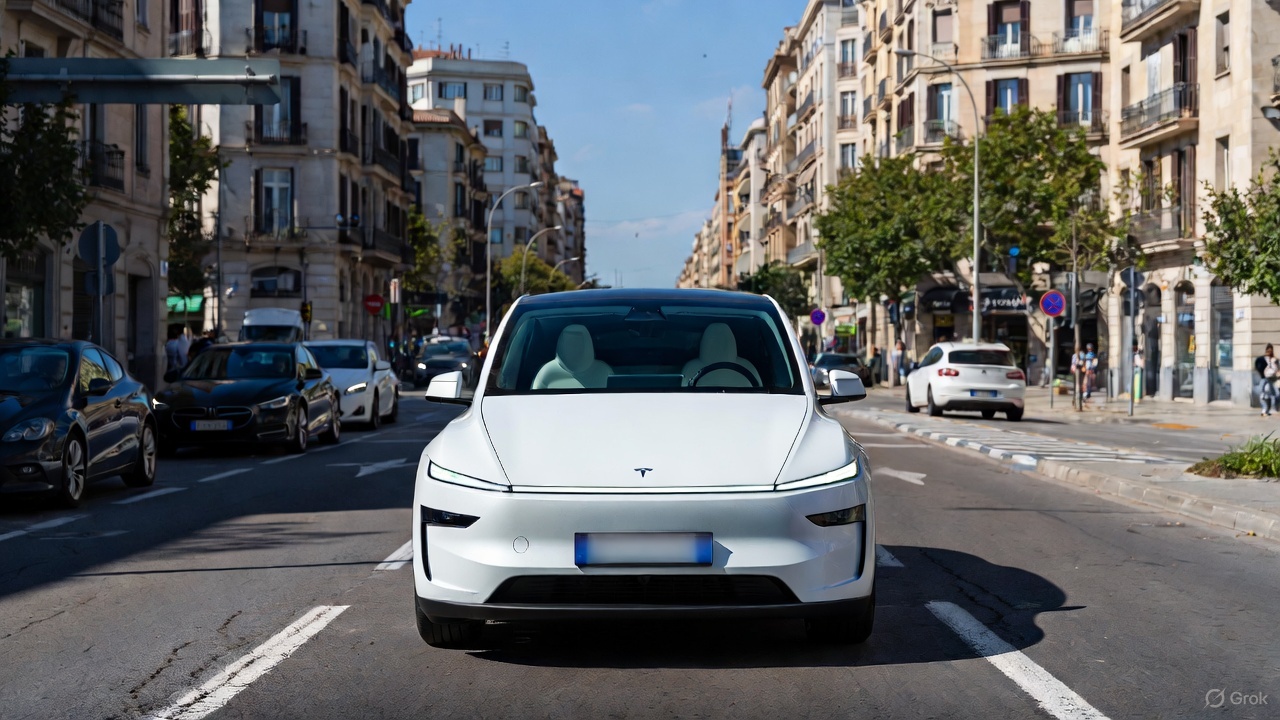
Tesla’s Full Self-Driving (Supervised) program is accelerating across Europe, with Spain emerging as a key testing hub under the country’s new ES-AV framework program.
Based on information posted by the Dirección General de Tráfico (DGT), it appears that Tesla is already busy testing FSD in the country.
Spain’s ES-AV framework
Spain’s DGT launched the ES-AV Program in July 2025 to standardize testing for automated vehicles from prototypes to pre-homologation stages. The DGT described the purpose of the program on its official website.
“The program is designed to complement and enhance oversight, regulation, research, and transparency efforts, as well as to support innovation and advancements in automotive technology and industry. This framework also aims to capitalize on the opportunity to position Spain as a pioneer and leader in automated vehicle technology, seeking to provide solutions that help overcome or alleviate certain shortcomings or negative externalities of the current transportation system,” the DGT wrote.
The program identifies three testing phases based on technological maturity and the scope of a company’s operations. Each phase has a set of minimum eligibility requirements, and applicants must indicate which phase they wish to participate in, at least based on their specific technological development.
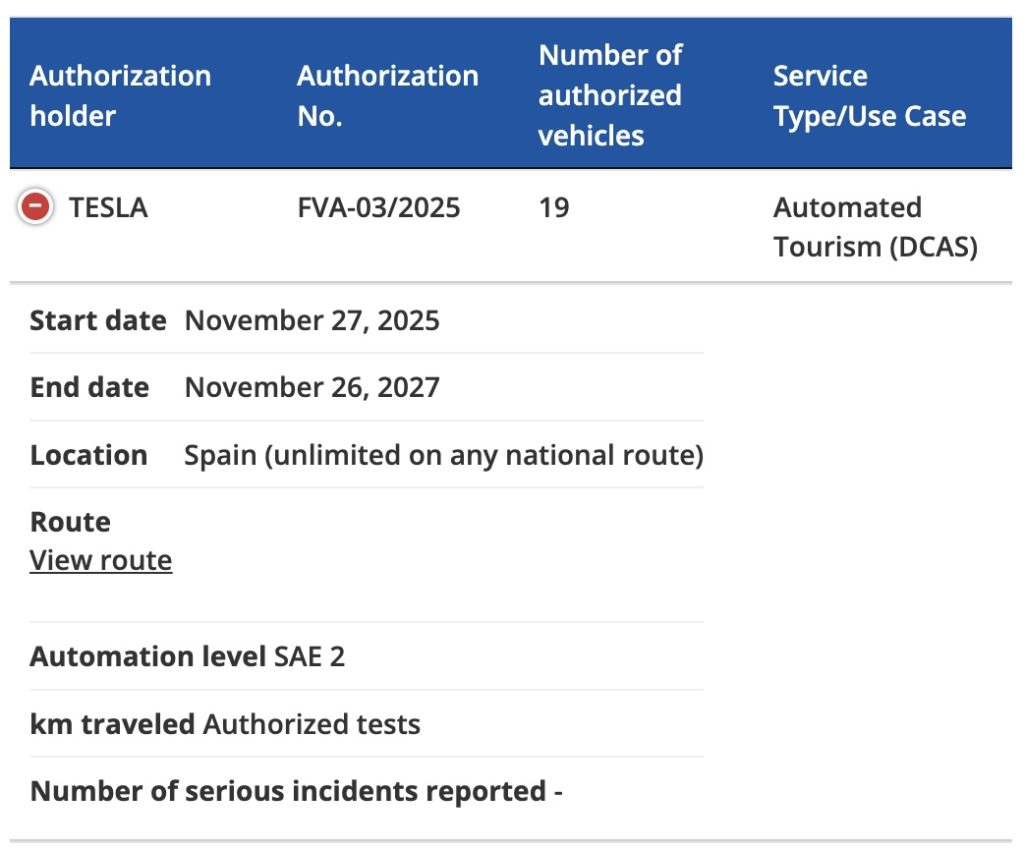
Tesla FSD tests
As noted by Tesla watcher Kees Roelandschap on X, the DGT’s new framework effectively gives the green flight for nationwide FSD testing. So far, Tesla Spain has a total of 19 vehicles authorized to test FSD on the country’s roads, though it would not be surprising if this fleet grows in the coming months.
The start date for the program is listed at November 27, 2025 to November 26, 2027. The DGT also noted that unlimited FSD tests could be done across Spain on any national route. And since Tesla is already in Phase 3 of the ES-AV Program, onboard safety operators are optional. Remote monitoring would also be allowed.
Tesla’s FSD tests in Spain could help the company gain a lot of real-world data on the country’s roads. Considering the scope of tests that are allowed for the electric vehicle maker, it seems like Spain would be one of the European countries that would be friendly to FSD’s operations. So far, Tesla’s FSD push in Europe is notable, with the company holding FSD demonstrations in Germany, France, and Italy. Tesla is also pushing for national approval in the Netherlands in early 2026.
News
Tesla FSD V14.2.1 is earning rave reviews from users in diverse conditions
Tesla’s Full Self-Driving (Supervised) software continues its rapid evolution, with the latest V14.2.1 update drawing widespread praise.
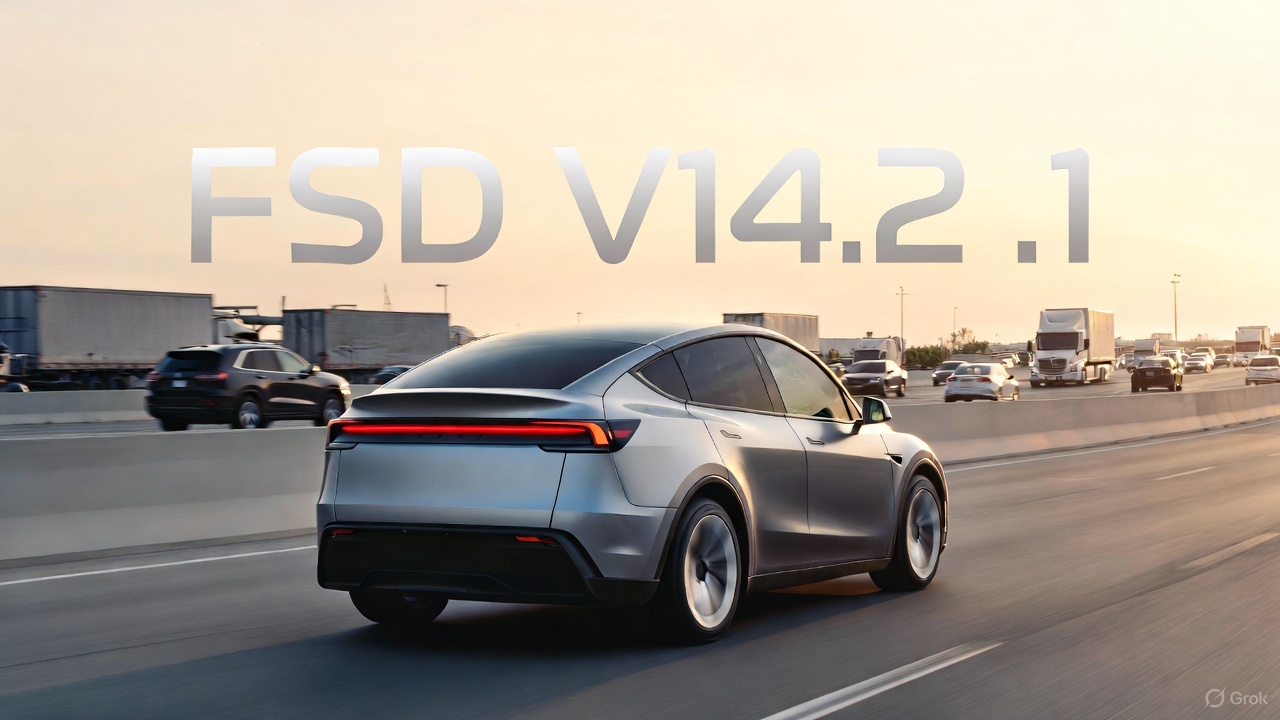
Tesla’s Full Self-Driving (Supervised) software continues its rapid evolution, with the latest V14.2.1 update drawing widespread praise for its smoother performance and smarter decision-making.
Videos and firsthand accounts from Tesla owners highlight V14.2.1 as an update that improves navigation responsiveness, sign recognition, and overall fluidity, among other things. Some drivers have even described it as “more alive than ever,” hinting at the system eventually feeling “sentient,” as Elon Musk has predicted.
FSD V14.2.1 first impressions
Early adopters are buzzing about how V14.2.1 feels less intrusive while staying vigilant. In a post shared on X, Tesla owner @LactoseLunatic described the update as a “huge leap forward,” adding that the system remains “incredibly assertive but still safe.”
Another Tesla driver, Devin Olsenn, who logged ~600 km on V14.2.1, reported no safety disengagements, with the car feeling “more alive than ever.” The Tesla owner noted that his wife now defaults to using FSD V14, as the system is already very smooth and refined.
Adverse weather and regulatory zones are testing grounds where V14.2.1 shines, at least according to testers in snow areas. Tesla watcher Sawyer Merritt shared a video of his first snowy drive on unplowed rural roads in New Hampshire, where FSD did great and erred on the side of caution. As per Merritt, FSD V14.2.1 was “extra cautious” but it performed well overall.
Sign recognition and freeway prowess
Sign recognition also seemed to show improvements with FSD V14.2.1. Longtime FSD tester Chuck Cook highlighted a clip from his upcoming first-impressions video, showcasing improved school zone behavior. “I think it read the signs better,” he observed, though in standard mode, it didn’t fully drop to 15 mph within the short timeframe. This nuance points to V14.2.1’s growing awareness of temporal rules, a step toward fewer false positives in dynamic environments.
FSD V14.2.1 also seems to excel in high-stress highway scenarios. Fellow FSD tester @BLKMDL3 posted a video of FSD V14.2.1 managing a multi-lane freeway closure due to a police chase-related accident. “Perfectly handles all lanes of the freeway merging into one,” the Tesla owner noted in his post on X.
FSD V14.2.1 was released on Thanksgiving, much to the pleasant surprise of Tesla owners. The update’s release notes are almost identical to the system’s previous iteration, save for one line item read, “Camera visibility can lead to increased attention monitoring sensitivity.”
News
Tesla FSD Supervised ride-alongs in Europe begin in Italy, France, and Germany
The program allows the public to hop in as a non-driving observer to witness FSD navigate urban streets firsthand.

Tesla has kicked off passenger ride-alongs for Full Self-Driving (Supervised) in Italy, France and Germany. The program allows the public to hop in as a non-driving observer to witness FSD navigate urban streets firsthand.
The program, detailed on Tesla’s event pages, arrives ahead of a potential early 2026 Dutch regulatory approval that could unlock a potential EU-wide rollout for FSD.
Hands-Off Demos
Tesla’s ride-along invites participants to “ride along in the passenger seat to experience how it handles real-world traffic & the most stressful parts of daily driving, making the roads safer for all,” as per the company’s announcement on X through its official Tesla Europe & Middle East account.
Sign-ups via localized pages offer free slots through December, with Tesla teams piloting vehicles through city streets, roundabouts and highways.
“Be one of the first to experience Full Self-Driving (Supervised) from the passenger seat. Our team will take you along as a passenger and show you how Full Self-Driving (Supervised) works under real-world road conditions,” Tesla wrote. “Discover how it reacts to live traffic and masters the most stressful parts of driving to make the roads safer for you and others. Come join us to learn how we are moving closer to a fully autonomous future.”
Building trust towards an FSD Unsupervised rollout
Tesla’s FSD (Supervised) ride-alongs could be an effective tool to build trust and get regular car buyers and commuters used to the idea of vehicles driving themselves. By seating riders shotgun, Tesla could provide participants with a front row seat to the bleeding edge of consumer-grade driverless systems.
FSD (Supervised) has already been rolled out to several countries, such as the United States, Canada, Australia, New Zealand, and partially in China. So far, FSD (Supervised) has been received positively by drivers, as it really makes driving tasks and long trips significantly easier and more pleasant.
FSD is a key safety feature as well, which became all too evident when a Tesla driving on FSD was hit by what seemed to be a meteorite in Australia. The vehicle moved safely despite the impact, though the same would likely not be true had the car been driven manually.









